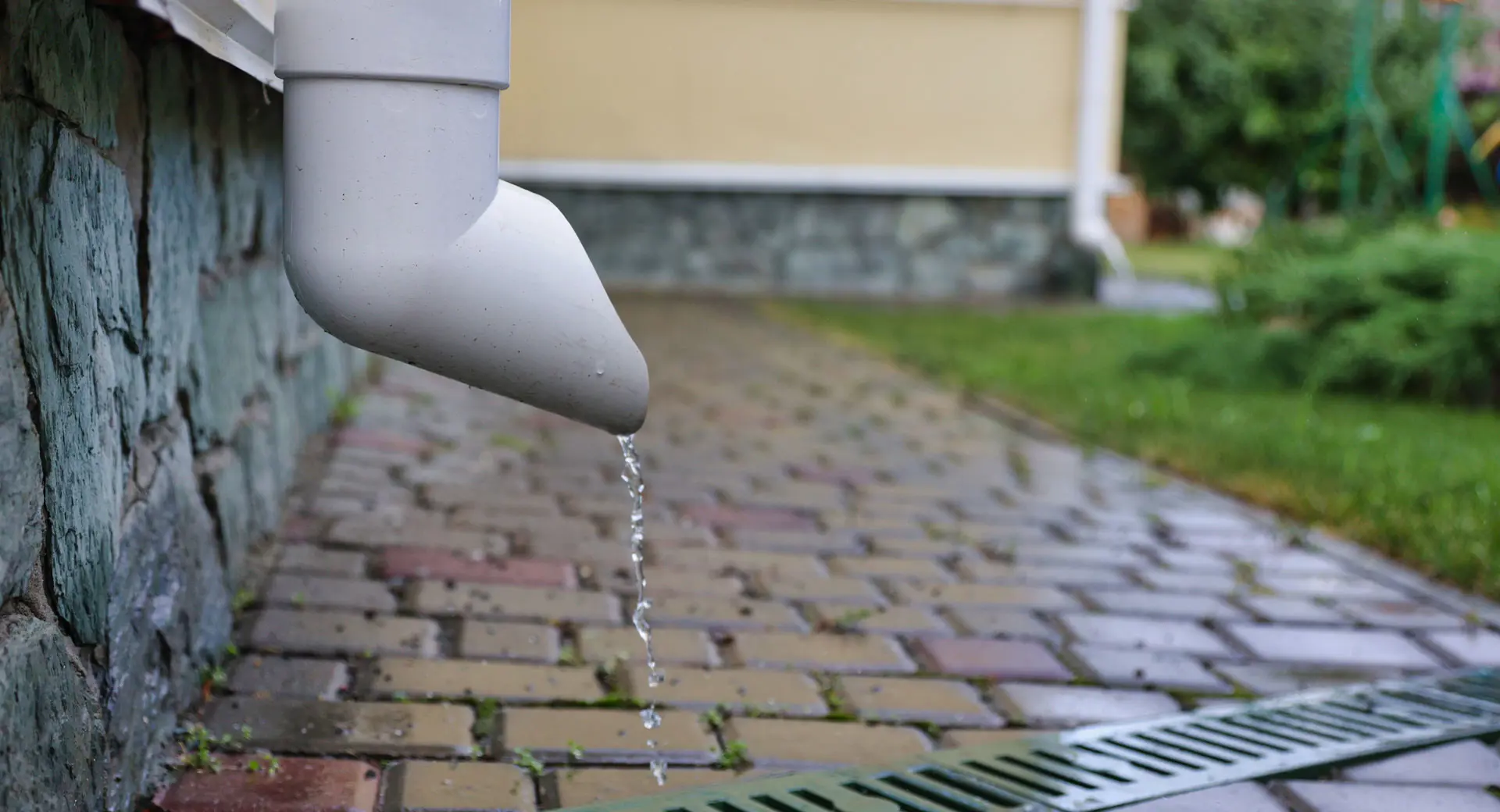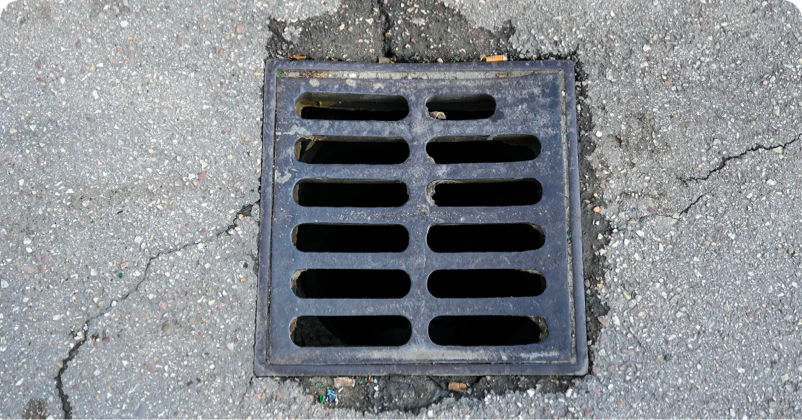Surface water
If we can reduce the amount of surface water making its way into the combined sewer, then we can reduce storm overflow releases. Learn how we're reconnecting gutters and pipes to the surface water sewer.
Surface water causes 64% of storm overflows
When it rains, water from hard surfaces like roads runs off into nearby sewers, combining with your wastewater and your neighbours’. When it rains heavily, it can overwhelm the sewer system. This huge amount of water can then cause pressure release valves (storm overflows) to open and release into nearby rivers and or the sea, to prevent this water backing up into your home or businesses or running down the street.
To stop this happening, we’re putting in a series of sustainable drainage systems (or SuDS), like tree pits and raingardens, to soak up rainwater and stop it running into the sewers.


Surface sewer separation
Where we can, we’re disconnecting surface water gutters and pipes from combined sewers and reconnecting them to surface water sewers, creating more capacity to reduce storm overflows.
We’ve already identified a number of locations where this is possible. If your home or business is one of them, we’ll pay you a visit to explain how we can do this for free. If we’ve been in contact, you can find answers to some common questions below.
To support the surface water separation scheme, we’ve updated our Surface Water Management Policy to stop new developers connecting surface water into our foul-only network. Surface water connections to the combined sewer will only be allowed under exceptional circumstances to help protect the environment, improve water quality, and reduce flood risk.
Frequently asked questions
If we’ve been in contact about our surface separation scheme, you can find answers to some common questions below.
Work takes around three days to complete and you do not need to be at home.
With less rainwater filling up your sewer pipes, you’re less likely to experience flooding if you’re unlucky enough to have a blockage. You’ll also be helping to reduce storm overflow releases.
Rainwater from your roof currently drains into the combined sewer. Connecting you to a surface water network will help to reduce the risk of storm overflows into rivers and seas in your local area.
Yes, we’ll do all the work, you don’t need to do anything. And, no, there’ll be no need to maintain anything, we’re simply reconnecting existing pipes to nearby surface water drains. And we’re responsible for the new pipework and any repairs for two years after the work has been completed. If you share your pipes with other properties, we’ll continue to maintain it.
We’ve been focusing on fixing our own sites and networks, but now we’re starting to work with community partners to make sure that all connections to the sewers and drains are properly connected and helping to reduce storm overflow releases and local flooding.
